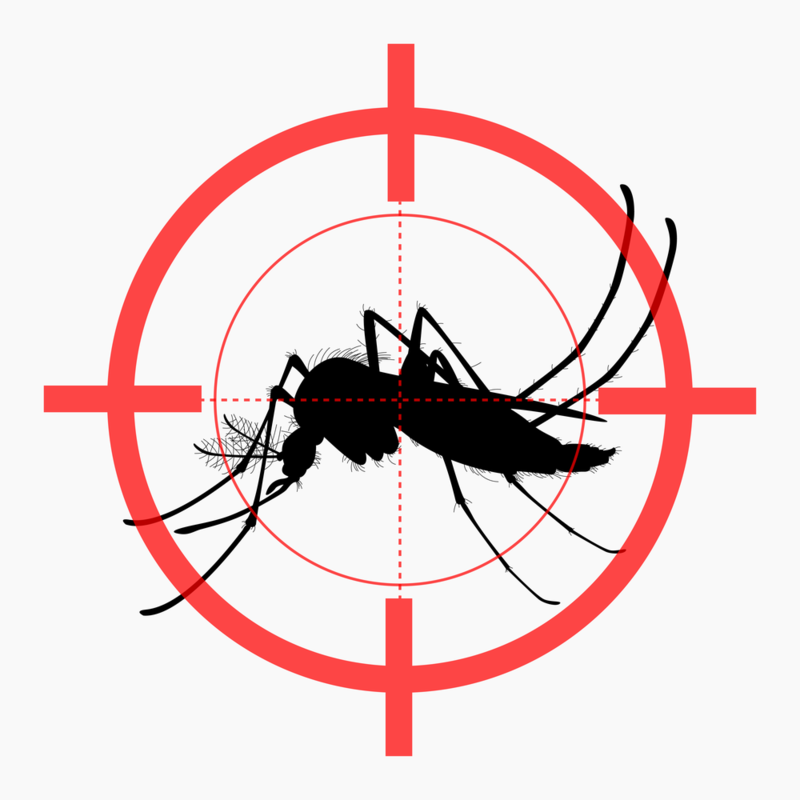New tool to rapidly, noninvasively detect Zika virus in mosquitoes
IANS May 25, 2018
Researchers have developed a cheap and effective tool that could rapidly as well as noninvasively save lives by helping health authorities target mosquitoes infected with Zika virus.

While the accelerating global spread of arboviruses, such as Zika virus (ZIKV), highlights the need for more proactive mosquito surveillance, a major challenge has been the lack of rapid and affordable tests for pathogen detection in mosquitoes. The study, appearing in the journal Science Advances, shows for the first time that near-infrared spectroscopy (NIRS) is a rapid, reagent-free, and cost-effective tool that can be used to noninvasively detect ZIKV in heads and thoraces of intact Aedes aegypti mosquitoes.
The method showed a 94 to 99 per cent accuracy rate and was 18-times faster and 110-times cheaper at detecting Zika infected mosquitoes, than the currently used methods. "We can quickly identify mosquitoes that are infected with Zika virus so public health authorities can treat affected areas before disease spreads to humans," said Maggy Sikulu-Lord the University of Queensland in Australia. "This is definitely going to be a game-changer in disease surveillance, especially in the prediction of disease outbreaks.
NIRS involves simply shining a beam of light on a mosquito and using that information one can determine if the mosquito is infected. "We hope public health authorities can use it to predict future disease outbreaks and save lives by treating mosquito populations in time," Sikulu-Lord said. She said the technology had potential to detect a number of diseases, including dengue and malaria. "We don't think it will eradicate diseases but it will give us the ability to detect diseases quickly so that we can stop disease outbreaks," Sikulu-Lord noted.
-
Exclusive Write-ups & Webinars by KOLs
-
Daily Quiz by specialty
-
Paid Market Research Surveys
-
Case discussions, News & Journals' summaries